
Indoor cat garden
Cats & Plants
The concept of an indoor cat garden has gained popularity among pet owners aspiring to offer their loving felines a safe and natural ambience. It can protect the cats from external danger as well as improve their mental well-being.The indoor cat garden can provide excellent remedies and can bring the substance of the outdoors inside and infuse homes with a vibrant energy for cats. Before going further, it will be a good choice to know about the relation between cats & plants – Cats and plants share an interrelated connection, offering both delight and dilemmas for pet owners. Cats are curious explorers by nature, often investigating and chewing on household greenery, sometimes out of boredom or instinct. But aesthetically pleasing and air-purifying, indoor plants can pose dangers if toxic.
Thoughtful pet owners should select non-toxic plants that satisfy a cat’s inherent desire to interact with vegetation very carefully. Creating a cat-friendly indoor garden offers a safe outlet for these natural behaviors, preventing both boredom and the ingestion of harmful plants. Hence, this blog will cover all the things and info related to cat gardening and the indoor cat garden. It will be a good choice for the cat parents because they can use this blog as a guide to start cat gardening to make both their home beautiful and maintain the cats’ health, two in one. Let us start –
- Cats & Plants
- Cat Gardening
- Plants for cats to chew on
- Cat-friendly indoor garden
- Boston Ferns:
- Orchid :
- Houseplants safe for cats with pictures
- Cat-friendly perennial flowers:
- Catnip can be grown indoors
- Indoor cat garden kit, or planter for cats:
- How to make an indoor cat garden?
- Cat in a garden
- Cat grass pot
- FAQ
Plants that cats like – For an Indoor Cat Garden
Plants that cats like – For an Indoor Cat Garden
A responsible cat parent must know about the plants that cats like, especially when planning to make a good indoor cat garden. There are several benefits of knowing about plants that cats like while creating a green space for them, but the following are the most significant ones –
- Lessen the risk of consuming noxious plants.
- Strengthen the bond between the cat owner and the cat.
- Makes it easy to instill the cat’s natural instincts.
- Now let’s look into the plants that cats like while pointing out those in the three parts –
Cat Gardening
Simply saying, cat gardening is the combination of two different worlds — nature and cat care — hooked into one enriching experience. It’s not merely about aesthetics, but it is something that is especially designed for the feline companions to cater to their natural hunch, whether they love sniffing, lounging, or nibbling. The elegance of the cat garden lies in its adaptability. It is just perfect for anybody who has a broad space or a short one because it is adjustable. From using a single pot by the window side to using a balcony full-blown, anyone can make a green space for their cats. By making this, pet owners can watch their cats delightfully interact with their personal green haven.
Lessen the risk of consuming noxious plants.
The following plants are often chewed by cats –

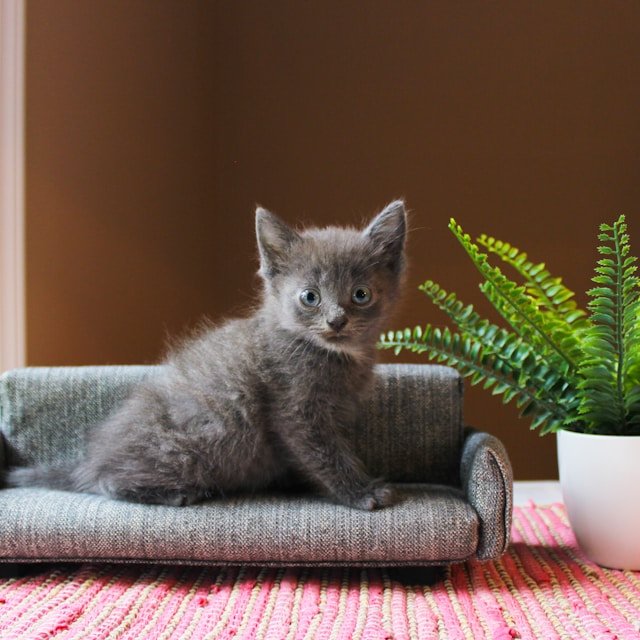
Plants for cats to chew on
Catnip
The plant is basically named as it is because of its intense ability to attract cats. This plant belongs to the mint family. It contains Nepetalactone — the element for which cats primarily get attracted to it. Another reason is that this plant can produce cat pheromones, and for this, cats sometimes resemble the opposite gender’s behavior.
Spider Plant
Cats generally get drawn to this plant because it resembles cat toys, and this is also the reason for its popularity. It contains long dangling leaves with which cats often play and chew on. Also, it can purify the air.
Valerian
Valerian is a flowery plant from the Caprifoliaceae family that is known for its soothing influence on people while reflecting the inverse effect on the cats. This plant excites the cats, and often it starts acting playful, purring as well as rolling around. This plant helps them to relieve anxiety.
Catmint
This botanical beauty is a member of the mint family. This plant can be the reason for cats’ behavior change, like — quiet cats can get playful as their play instinct gets awakened, and the nervous ones can be relaxed by smelling it because it has a chemical named nepetalactone. Sometimes, cats’ ill-natured behavior can be changed into calm ones.
Cat Herb Garden
A cat herb garden is definitely not like the traditional herb gardens. But it is specially made prioritizing the beneficial plants for the cats with which the cats’ health improves. It contains the plants which help the cats’ mental health get enriched, treat digestion issues, etc. Some of the plant suggestions for making a good cat herb garden are given below –
Rosemary
The American Society for the Prevention of Cruelty to Animals has declared that rosemary is non-toxic for cats. It has a very aromatic smell, which may be the reason that the cats get attracted to it. This herb is good for the pet’s digestive system and can be included in the pet’s food. Also, it has antioxidant properties, and it can repulse insects naturally so the cats won’t get irritated by the insects.
Parsley
Planting “Parsley” in a cat herb garden can be a good decision for a cat parent. It is the most common one among the plants for this type of garden. Cats get attracted to it and nibble it for its curly leaves. Also, this plant is rich with vitamins and can improve the air quality too.
Basil
This mild aromatic plant belongs to the “Lamiaceae” family, which is basically known for offering a number of benefits. This plant has been declared non-poisonous for the cats by the ASPCA. It contains anti-inflammatory properties and vitamins like A, C, and K. It is very easy to grow. It can be a good choice while making a cat herb garden.
(Continued in next message due to length)
Continued from previous message — grammar corrections only:
Difference between normal grass and wheatgrass:
Place and Safety
Normal grass:
Generally seen in the yard of the house and local parks. Pesticides and fertilizers are used in it. Mostly full of polluted materials and animal waste. Some of the grass contains sharp blades. For these reasons, it is not suitable for cats. It is generally grown in the outside area of the house to make the outdoor garden beautiful.
Wheatgrass:
The newish, young, and tender sprouts of wheat, particularly planted for eating purposes. It is generally grown from organic seeds in the indoor area, ensuring it is free from harmful pesticides and chemicals. It contains tender and soft blades because of which cats can chew on it very easily.
Advantages of wheatgrass for cats (Totally opposite of normal grass)
Nutrition booster: The wheatgrass is very dissimilar from the normal grass in terms of providing nutrition. Wheatgrass provides a significant amount of antioxidants, vitamins, and minerals, but the normal grass cannot.
Positive and Negative Effect: Wheatgrass is easy to chew because of its tender texture. It can reduce the cats’ discomfort. But consuming a lot of wheatgrass can cause vomiting. It is the same for the normal grass, but the only difference is that the normal grass won’t give cats any positive effect.
Cat-friendly indoor garden
Starting with indicating some major points of a cat-friendly indoor garden:
Houseplants are not poisonous to cats
African Violets :
The plant “African violet” is officially declared as not poisonous for cats by ASPCA. Consuming a lot of African violets can cause minor problems like vomiting, diarrhea etc. But the exact amount of consumption of this plant is not mentioned. And the problem is not caused by any toxic possibility among the plant , rather it happens for the feline digestive system as it is designed for meat consumption, so it’s natural that consuming plants must be a little hard for the cats.
Boston Ferns:
Boston Ferns, a plant from the Nephrolepidaceae family, is recommended as a non-poisonous one by the ASPCA for cats. A few small bites of this plant will be a good amount for cats to ingest. But eating a large amount might cause mild gastrointestinal upset, and also the can might feel irritation in the throat and mouth. Again sometimes the cats encounter similar looking plants to Boston ferns, which is a problem. This is why the owner has to be careful about this for the feline companion of his or her.
Orchid :
According to ASPCA 一 the plant Orchid is a non-poisonous variety for the cats. But being non-poisonous does not mean consuming a huge amount would be good for the feline. A negligible amount of orchid consumption won’t cause any problem. But, as the feline has carnivorous intestine so the veg or plant types of things are not preferable for eating too much. That’s why having this plant too much can cause several health problems like – loss of appetite(temporary), physical irritation etc.
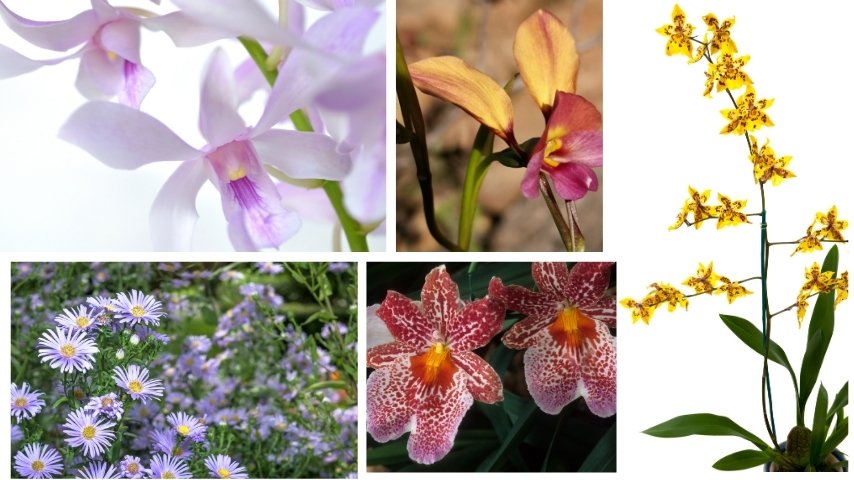
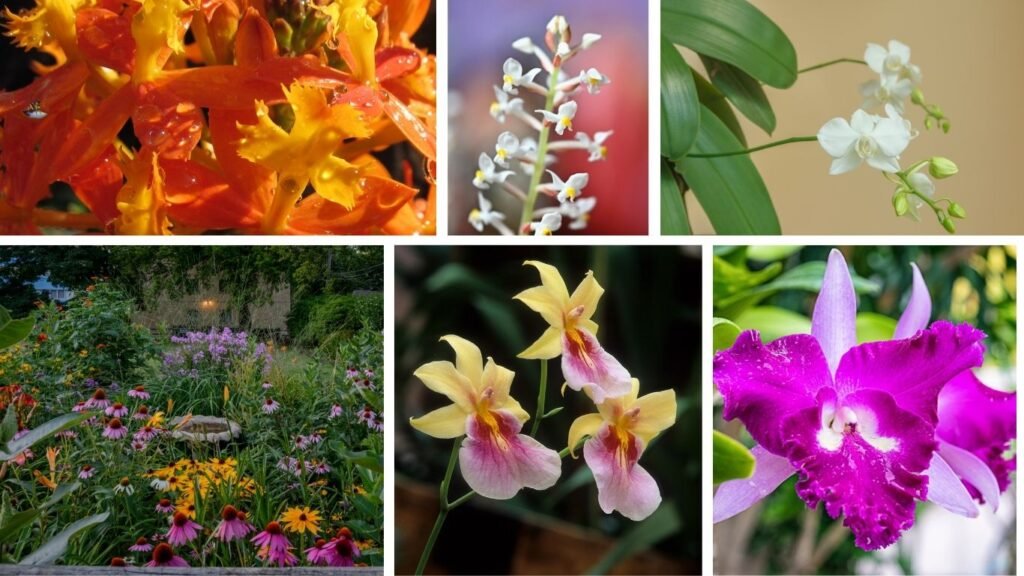
Houseplants safe for cats with pictures
Silvervine: Silvervine contains similar active compounds just like the catnip. But something that makes it special is that it improves the cats’ dental health and maintains hygiene. It is totally safe and free from side effects but one thing that should be kept in mind is that excessive consumption of the plant can cause minor problems like upset stomach.
Echeveria : Echeveria, catches in eyes for it is rosette-shaped ,is free from the risk of poisoning for the cats but that does not mean it should be overeaten. Apart from offering nutritional value to the cats it satisfies the cats curiosity and instincts. Also it helps the cats intestine in digestion.
Haworthia : Haworthia is a non-toxic plant variety for cats, which means to be safe. It contains fleshy leaves because of which cats get attracted and often try to eat it. It can enrich the cats’ senses, but the owners must be careful that the cats do not eat this in bulk.
Cat-friendly perennial flowers:
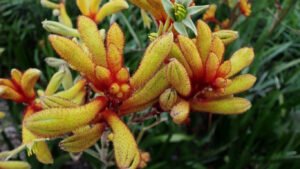


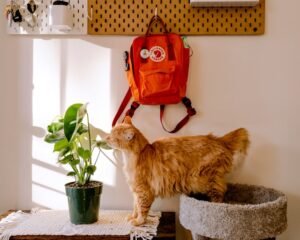
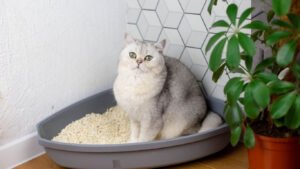
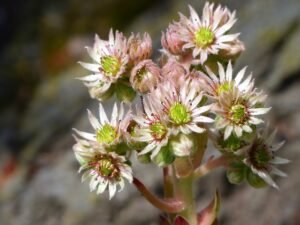
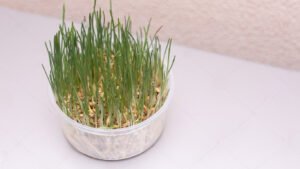
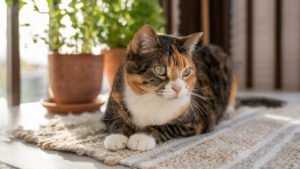
Catmint, African Violet, and Orchid are the most common cat-friendly perennial flowers. The basic and scientific info has already been mentioned above. Now let’s explore the growing time of these three-
Catmint : The germination from catmint seeds takes four weeks (can be slightly changed sometimes) . After implanting it grows very quickly and within three to six months (from germination) it becomes a good-sized plant.
African Violet : This plant can be grown in a few weeks from leaf cuttings but to get in a mature form and bloom takes the time of half a year. And once it gets potted in the right way, it often grows year round.
Orchids :The way of growing this plant from seeds at home may be a bit difficult from its seeds. That’s why collecting a potted plant from the nursery is suggested. And after that, have patience while waiting to bloom (Bloom can last for months with proper care)
Indoor cat grass garden
1.Steps to create an indoor cat grass garden :
2.Ensure to put the container in indirect sunlight.
3.Choosing seeds or purchasing organic cat grass seeds comes first.
4.Then, select a container, choose a shallow tray with drainage holes and use organic potting mix.
5.After that, sprinkle the seeds over the potting mix or soil and cover the seeds with a thin soil layer .
6.Make sure to water while using a spray bottle.
7.Ensure to put the container in indirect sunlight.
Cat’s paw plant
Cat’s paw plant is the lush type of plant known for its unique leaf shape. This plant is propagated through its seeds. Loose and well-ventilated soil is needed for growing this plant healthily. This plant doesn’t need regular watering. Usually, one to two times of waterings a week are enough.
Catnip can be grown indoors
Catnip can be grown indoors either from the plant seeds or small catnip plants from nurseries. To grow from seeds, it takes almost four weeks to grow a seedling. Whether the seedling is grown at home or purchased from the nursery, it has to be transferred to a deep pot (8- 10 inches deep suggested) that contains drainage holes. Placing the pot on the side by the window will be a good position. Regular watering is not needed but it has to make sure that the soil don’t get dry
List of toxic and non toxic plant for cats and kitten
| Toxic Plants | Non-toxic plants |
|---|---|
| LiliesCatnip | CatnipCatnip |
| Mexican Ambrosia | Boston Ferns |
| English Ivy | Rosemary |
| Chamomile | Cat Grass |
| Aglaonema | Parsley |
| Spanish Thyme | African Violets |
| Vinca | Orchid |
The mentioned toxic plants in the table must be avoided because consuming a small amount will be proven very dangerous to the cats and kitten . And the details of non toxic plants are already given . Click to check out.
Indoor cat garden kit, or planter for cats:
An indoor cat garden kit or a cat planter is an all-in-one design to guide the owner in easy steps to make the indoor cat garden easier. Here are the steps :
Select plants and sourcing seeds
Make sure to select the plants that are good and safe for the cats. In this case Cat grass comes to mind very first. Other than this, Hoya, Basil, Prayer plant, Rosemary, Thyme 一 these can be a good option. After selecting the plants, sourcing the seeds comes next and if for some reason, sourcing seeds gets difficult, then buying seedlings from the nursery can solve the problem.
Cats and kittens plants and planter
The planter or container of the cat garden must be designed in a way that the cats feel appealing to be in the garden . Plastic pots or trays,Bamboo trays and ceramic pots can be used but selecting these things in cat-themed can make the garden more aesthetic. The kit or planter must be made in a way that the cats can look and sit around the kit or planter sometimes. But it has to make sure that the cats can’t use it as a litter box.
How to make an indoor cat garden?
After selecting plants and sourcing seeds, making planter or kit now here is steps of how to make an indoor cat garden –
- Before planting the plant seedlings make sure to double check from sources like – ASPCA’s that if those plant are safe for cat or not.
- Prepare the planter or container with organic potting mix while making sure about the drainage holes.
- After that, plant the seedlings very carefully.
- Make sure to water thoroughly and place the planter in the indirect sunlight area.
Cat in a garden
Cat in a garden often do these things :
Generally walk and sniff around the plants because of curiosity.
As gardens offer a warm environment which cats love , it becomes a place of napping.
Out of curiosity , sometimes cats chew on the plants of the garden.
As cats have a strong hunting nature, sometimes they hunt insects there.
Cat grass pot
A cat grass pot is particularly used for growing cat grass indoors. Basically, the pots specifically designed for cat grass are wide at the upper top and 3 to 6 inches deep at the bottom. As cats frequently interact with cat grass and sometimes roll around so the ceramic pot is ideal as it won’t be tipped over easily.